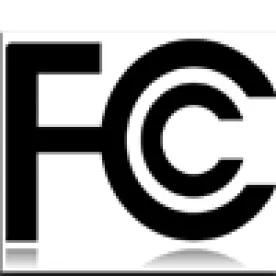On January 29, 2016, the FCC released its 2016 Broadband Progress Report (“Report”) pursuant to Section 706 of the Telecommunications Act of 1996. Section 706 requires the FCC to report annually on whether advanced telecommunications capability “is being deployed to all Americans in a reasonable and timely fashion,” and to take “immediate action to accelerate deployment of such capability by removing barriers to infrastructure investment and by promoting competition in the telecommunications market” if the FCC determines that that it is not being deployed in this way. The Report finds that “advanced telecommunications capability is not being deployed to all Americans in a reasonable and timely fashion.” This finding comes one year after the FCC revised its standard for broadband, from 10 Mbps/1Mbps to 25 Mbps/3 Mbps.
In support of this conclusion, the FCC made several findings, including that approximately 34 million Americans (or 10%) lack broadband service and that a disproportionate number of Americans living in rural areas (39%) and Tribal lands (41%) lack access to broadband when compared to Americans in urban areas (4%). This urban/rural divide also exists at lower speeds. The FCC also found that many schools, particularly those in rural areas, continue to lack access to the advanced telecommunications capabilities necessary to meet the short-term (100 Mbps per 1,000 students and staff) and long-term goals (1 Gbps per 1,000 students and staff) established for the E-rate program. Among other things, the Report also determined that advanced telecommunications capability requires access to both fixed and mobile broadband.
In the Report, the FCC retained the existing 25 Mbps/3 Mbps speed benchmark for fixed services and declined to adopt any additional benchmarks for defining the boundaries of advanced telecommunications capability. The FCC concluded that it is reasonable to apply the same speed benchmark to both fixed terrestrial and fixed satellite broadband service, though it noted that this “should not be construed as a finding that the two services are interchangeable, or that fixed satellite broadband is a substitute for fixed terrestrial broadband service.” Given that the fixed satellite broadband service currently available does not meet the speed threshold, the FCC declined to consider whether this service, as currently provided, otherwise meets the definition of advanced telecommunications capability. The FCC also stated that it was unable to set a mobile speed benchmark based on the existing record.
Finally, the Report notes that barriers to deployment are “many and varied.” Such barriers include, among other things, the high cost of serving rural areas and Tribal lands, infrastructure issues, affordability of service, and consumer privacy concerns. The Report then addresses public and private sector initiatives to accelerate broadband deployment, including the Open Internet Order adopted by the FCC on February 26, 2015 (a summary of the order is available here), and concludes that access to broadband to all Americans in a timely way requires additional work on behalf of the public and private sectors.
The Report was adopted at the January 28, 2016 open meeting with Commissioner Michael O’Rielly, the sole dissenting vote, disagreeing with the Report’s ultimate finding that broadband is not being deployed in a reasonable and timely fashion. Commissioner Ajit Pai was also critical of the FCC’s approach in his concurring statement.



 />i
/>i

